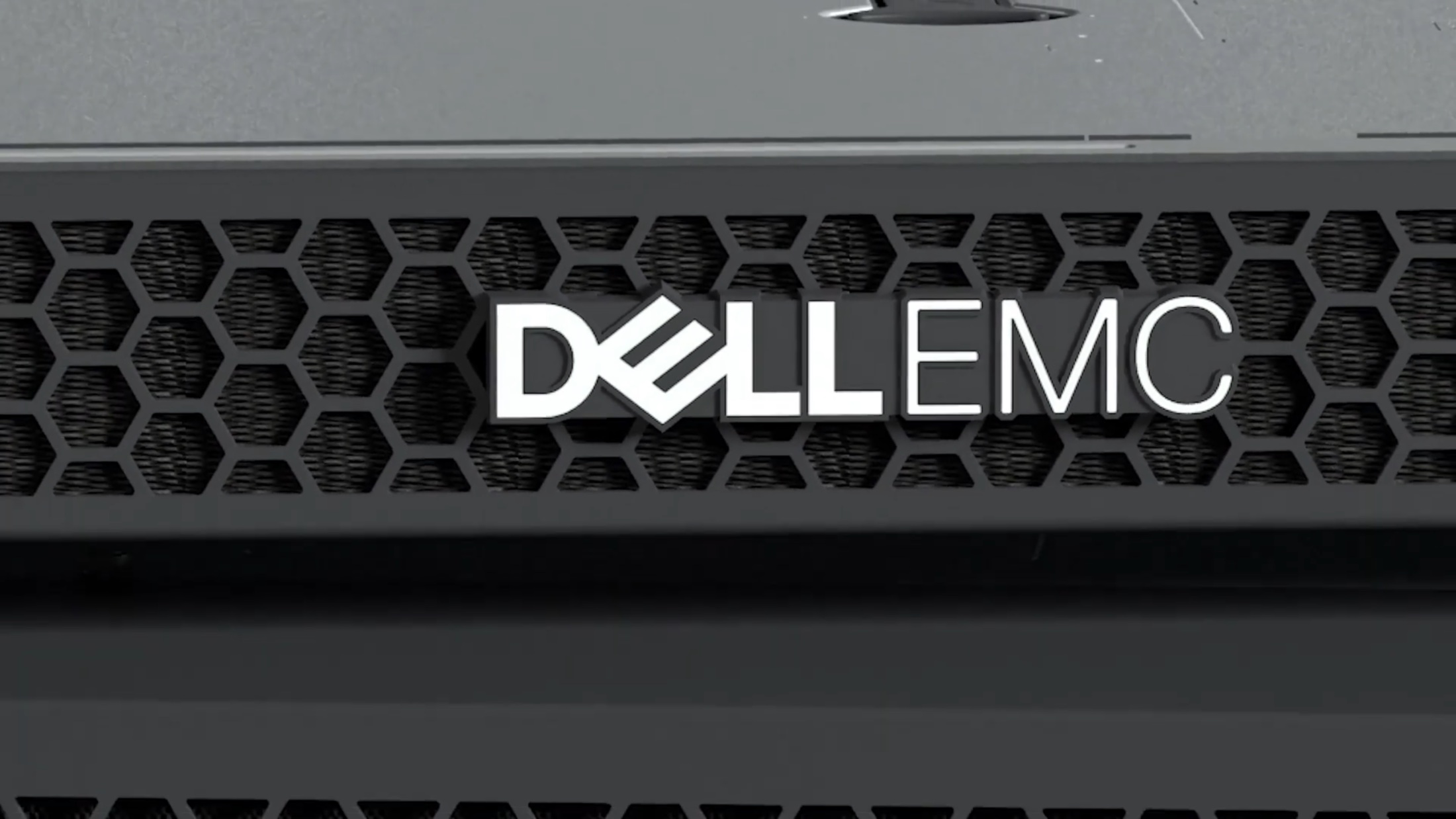
Oil and gas stations, automotive manufacturing plants, warehouses, and remote store locations are environments that are not as conducive to traditional computing. But instead of a natural trade-off in performance, edge computing – much like the Internet of Things (IoT) before it – is seeing a rightful place in these rugged environments.
These industry applications can be similar to the Industrial Internet of Things (IIoT). Take underground mining, for instance, with its remote control and driverless equipment functions and the need to gather insights on predictive maintenance and energy management. Computers in these conditions must operate reliably under vibration, shock, and hot temperatures.
Seventy-five percent of data is forecasted to process outside the cloud by 2025, according to Gartner. Organizations need features in their servers such as higher performance, less data latency, and remote manageability.
Alongside withstanding extreme conditions, ruggedized edge platforms require various other functionality. The platforms need to perform real-time processing through an array of performance accelerators, offer sufficient storage capacity, and have rich I/O ports to be compatible with new and legacy machines.
In collaboration with Arrow, Dell’s PowerEdge XR11 and XR12 servers aim to offer enterprise compute capabilities in the harshest edge environments. On the performance side, the XR12 is the more expandable of the two, coming across in its third-generation Intel Xeon scalable processors and GPU options, with support for up to two NVIDIA T4 cards or two of the A100, A10, or A40 GPUs, and flexible I/O choices. Storage for the XR11 and XR12 includes the Intel Optane Persistent Memory 200 series. At 16 inches, the chassis can maintain performance while being less than half the depth of a standard server.
“The servers help OEM customers address the edge computing challenges faced outside the data center,” Dell notes. “Businesses can move workloads to the network edge and run AI algorithms to analyze and act on data near where it’s generated, reducing latency and providing quicker access to data for real-time decision making, saving time and money.”
By bringing computing power to the edge, innovative enterprises realize that a mix of centralized cloud and distributed edge environments are essential. Meanwhile, innovative vendors can now get data center-class performance right where the action is for their customers’ increasing edge deployments. Arrow can provide customized Dell solutions for enterprises that wish to take the next step, going through the entire lifecycle, from ideation development, prototyping, manufacturing, and global distribution.








